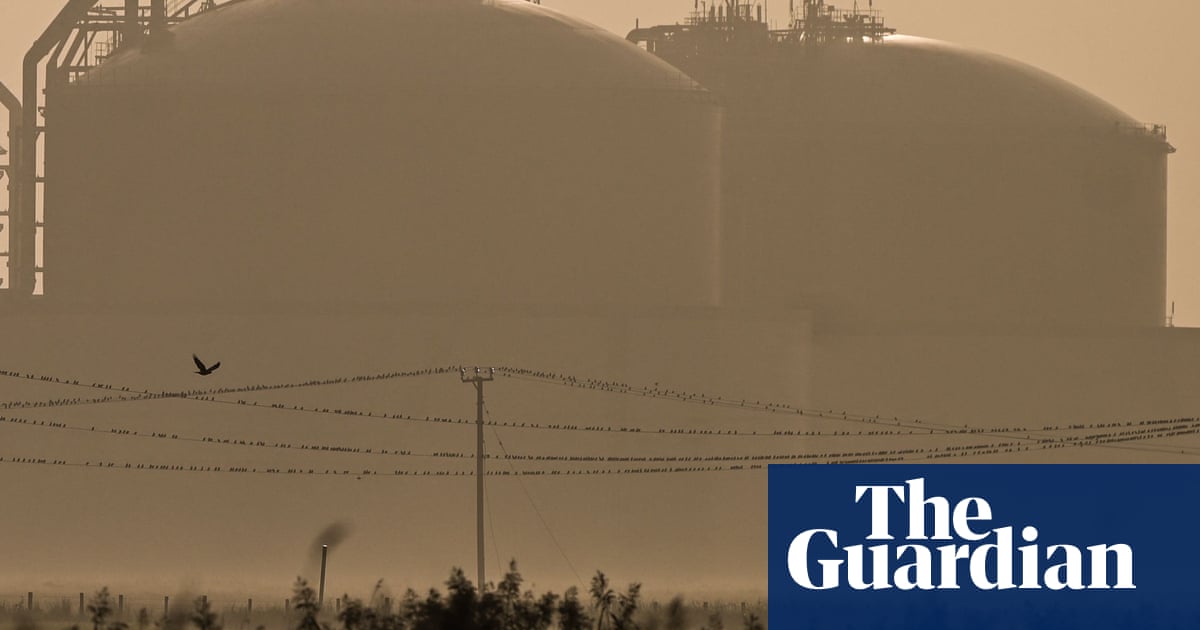Victoria has approved a plan to bring in gas by sea from other states and even overseas, giving the go-ahead to a gas import terminal near Geelong.
Viva Energy’s import terminal, which would enable up to 160 petajoules (PJ) of liquefied natural gas (LNG) to be shipped to Victoria each year – about 88% of the state’s gas consumption – still requires approval under federal environmental laws.
The state’s planning minister, Sonya Kilkenny, said her decision to approve the project was “striking the right balance between development and environmental responsibility” and would not undermine Victoria’s target of net zero emissions by 2045.
But the Victorian Greens leader, Ellen Sandell, condemned the decision, calling the project “polluting [and] unnecessary”.
So, why is a state that’stransitioning to renewable energy, andgetting off fossil gas, planning to import more?
Viva Energy’s proposed LNG import terminal is located in Corio Bay, 7km from Geelong and about 75km south-west of Melbourne.
It includes a new floating terminal and extended pier to allow LNG cargo ships to dock and turn, and regasification and treatment plants to store and convert the LNG back into gas, to be fed into the network via a new 7km pipeline. Once built, the terminal will operate for about 20 years.
As well the terminal, pier and pipeline infrastructure, the plan requires about 490,000 cubic metres of seabed to be dredged for cargo ship access.
Sign up to get climate and environment editor Adam Morton’s Clear Air column as a free newsletter
The site is located next to the Port Phillip Bay (Western Shoreline) and Bellarine Peninsula Ramsar Site, a wetland of international significance that regularly supports 20,000 or more waterbirds and contains seagrass beds that are a nursery for fish.
Before it can proceed, the plan still has to gain approval under federal environmental laws, and other technical and heritage consents.
Victoria uses a lot of gas – about 180PJ a year – with the largest share used in buildings, mostly for space heating.
That demand is declining as homes and businesses switch from gas to renewable electricity, and as the share of renewable energy grows towards Victoria’s target of 95% by 2035.
But the Australian energy market operator (Aemo) is still expecting gas shortfalls in Victoriafrom 2029, due to dwindling gas supplyfrom fields in Bass Strait, and as coal-fired power stations prepare to close.
This leaves Victoria more heavily reliant on gas piped in from the north: New South Wales, Queensland and South Australia.
“It’s all interconnected,” says Monash University engineer Graham Palmer. “But the peak demand for gas in winter is greater than what the pipelines can deliver from the north.”
One solution to that gap is to use less gas, hesays, although the process of transitioning the state’s 1.7m homes with gas heating to efficient electric alternatives would be likely to take many years.
The other option in the short to medium term is to store more gas in Victoria, he says – or, as the terminal proposal will allow for, import it as LNG from other states.
“Unfortunately, we’re going to be dependent upon gas for some time,” Palmer says. “On the one hand, there’s the motivation to get off all fossil fuels, but we can’t do it instantly, and this is the challenge.
“People interested in climate change are trying to grapple with the challenge of trying to manage these trade-offs.”
Kevin Morrison, an Australian gas analyst for the Institute for Energy Economics and Financial Analysis, says the process of freezing gas into LNG and converting it back is inefficient and emissions intensive.
Australia has plenty of gas, most of which is exported as LNG, Morrison says, and about 8% of the gas used to make LNG is consumed in the process of freezing the gas to liquefy it for export.
“The side-effect is that the whole LNG supply chain is much more emissions intensive, because you are using all this energy.”
The Australian Industry Group said the import terminal’s approval was a boost for industry in Victoria, particularly given reliance on gas as a fuel source.
“While overall state gas use is gradually shrinking, Victoria’s heavy industry, in particular, relies on gas and there is real concern that gas supplies could run short in the state within a few years,” Ai Group’s Victorian head, Tim Piper, said. “We need an all-of-the-above energy strategy to avoid that. An import terminal is one important tool in the belt, along with expanded north-south pipelines, local supply development, alternative supply from renewable gas, and efficient electrification.”
“Renewable gas” usually refers to a mix ofhydrogen and fossil gas.
Conservation groups were disappointed by the decision and remain concerned about the effect on emissions and the environment.
“Investing in new gas infrastructure locks us into decades of emissions at a time when urgent climate action is needed,” Jane Spence, a spokesperson for Geelong Sustainability said.
Rivers and nature campaign manager at Environment Victoria, Greg Foyster, said: “As the electricity system shifts to renewable energy, fossil gas could become Victoria’s biggest climate problem. The smartest solution remains helping households and businesses shift to efficient electric appliances.”
